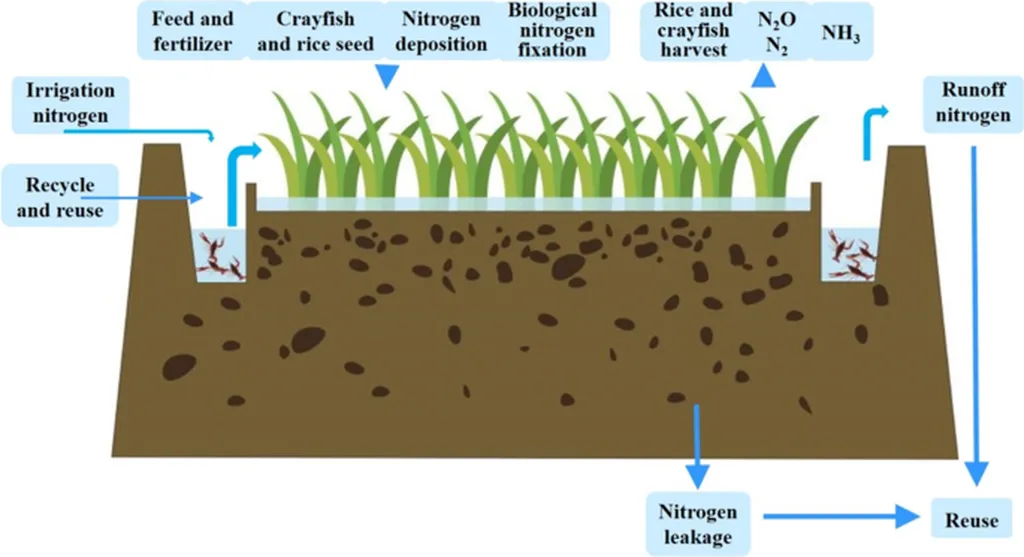In the heart of China’s thriving aquaculture industry, a groundbreaking study is making waves, promising to revolutionize the way we farm one of the country’s most prized crustaceans: the red swamp crayfish, or Procambarus clarkii. This species, already the most extensively farmed freshwater shrimp in China, could see a significant boost in production efficiency thanks to research led by Yu Su from the Hainan Provincial Key Laboratory for Functional Components Research and Utilization of Marine Bio-resources.
The study, published in the journal ‘Aquaculture Reports’ (translated from its original name ‘Aquaculture Reports’), delves into the intricate relationship between temperature stress and the reproductive health of female red swamp crayfish. The findings could have profound implications for the industry, offering a strategic advantage to farmers who can harness this knowledge to optimize their operations.
At the core of this research is the understanding that temperature changes directly influence the metabolism of P. clarkii, thereby affecting its growth and reproduction. Yu Su and his team conducted experiments at various temperatures, ranging from a chilly 17°C to a balmy 29°C, to observe the effects on the crayfish’s growth, ovarian development, antioxidant capacity, sex hormone levels, and reproductive gene expression.
The results were striking. At 25°C, the female crayfish showed significant improvements in maturity and vitellogenin content, with the highest growth rate observed. “This temperature seems to be the sweet spot for promoting both growth and ovarian development,” Su explained. The study also revealed that at this temperature, the antioxidant capacity of the crayfish remained relatively high, which is crucial for their reproductive activities.
The research goes beyond mere observation, delving into the molecular mechanisms that drive these changes. At 25°C, the levels of estrogen and progesterone in the hemolymph of female P. clarkii were significantly increased. This hormonal surge activated the expression of key genes like vitellogenin receptor (vgr), forkheadboxL2 (foxL2), and vitellogenin (vg), promoting the efficient synthesis and transport of vitellogenin. Additionally, estradiol enhanced the transcription of foxL2, maintaining ovarian differentiation and inducing cell proliferation.
The commercial implications of this research are substantial. By optimizing temperature control strategies, farmers can potentially increase the reproductive efficiency of their crayfish stocks, leading to higher yields and improved profitability. This could be a game-changer for the industry, especially as demand for red swamp crayfish continues to grow both domestically and internationally.
Moreover, the study provides a theoretical basis for cultivating stress-resistant varieties of P. clarkii. This could open up new avenues for breeding programs, focusing on developing strains that can thrive in a wider range of temperature conditions. Such advancements could enhance the resilience of crayfish farms, making them less susceptible to environmental fluctuations and climate change.
As the aquaculture industry continues to evolve, research like this is invaluable. It not only sheds light on the intricate biological processes governing the growth and reproduction of key species but also offers practical solutions to enhance productivity and sustainability. For farmers, researchers, and industry stakeholders, this study is a beacon of innovation, guiding the way towards a more efficient and profitable future.
In the words of Yu Su, “Understanding the molecular mechanisms that drive reproductive enhancement is crucial for optimizing temperature control strategies. This research provides a solid foundation for improving the efficiency of ovarian maturation in P. clarkii, ultimately benefiting the entire aquaculture industry.” With such insights, the future of red swamp crayfish farming looks brighter than ever.

